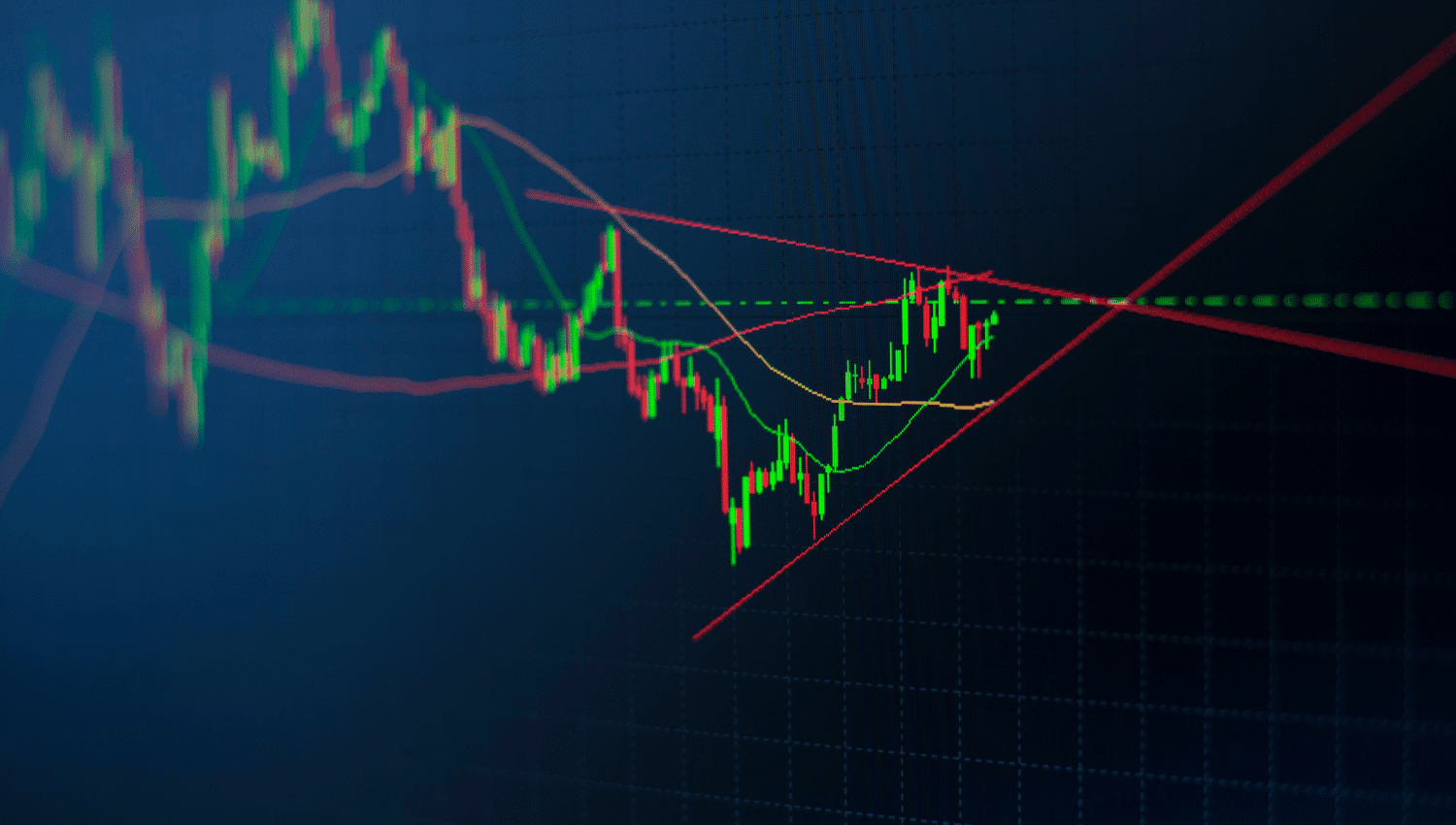Market dynamics are complex and ever-changing, influenced by a wide range of factors that can make investing a challenging endeavor. One effective way to make sense of these dynamics is by understanding market behavior from a value perspective. By focusing on the intrinsic value of assets and how market prices align with or diverge from this value, investors can gain valuable insights that help them make more informed investment decisions.
The Importance of Intrinsic Value
Intrinsic value is a fundamental concept in value investing, representing the true worth of an asset based on its underlying financial performance, growth potential, and risk profile. Unlike market price, which is influenced by supply and demand, investor sentiment, and external events, intrinsic value is derived from a thorough analysis of an asset’s fundamentals. This includes evaluating earnings, cash flows, dividends, and the overall financial health of the entity.
Investors who focus on intrinsic value aim to identify assets that are either undervalued or overvalued by the market. An asset is considered undervalued when its market price is below its intrinsic value, suggesting a buying opportunity. Conversely, an overvalued asset is one whose market price exceeds its intrinsic value, indicating it might be time to sell. By concentrating on intrinsic value, investors can make decisions that are less influenced by market noise and more grounded in long-term fundamentals.
Market Dynamics and Value Misalignments
Market dynamics are influenced by a variety of factors, including economic data, interest rates, corporate earnings, and geopolitical events. These factors can cause significant misalignments between an asset’s intrinsic value and its market price. For instance, in a bullish market driven by strong economic growth, investor enthusiasm can push asset prices well above their intrinsic values. On the other hand, during economic downturns or crises, fear and uncertainty can drive prices below intrinsic values, creating opportunities for savvy investors.
Understanding these dynamics is crucial for investors who adopt a value-based approach. By recognizing when market prices are out of sync with intrinsic values, investors can take advantage of these discrepancies. For example, during periods of market panic, high-quality stocks might be sold off alongside weaker ones, leading to attractive buying opportunities for those who can see beyond the short-term market turmoil.
The Influence of Investor Sentiment
Investor sentiment is a powerful force that can significantly impact market dynamics. Sentiment refers to the collective mood or attitude of investors toward the market or specific assets. Positive sentiment often drives prices higher, as investors are willing to pay more in anticipation of future gains. Conversely, negative sentiment can lead to sharp declines in prices as investors sell off assets in fear of further losses.
However, sentiment-driven market movements can sometimes lead to irrational pricing. For example, during a market rally, overly optimistic sentiment can inflate prices far beyond their intrinsic value, creating a bubble. Conversely, during a market downturn, widespread pessimism can push prices below their intrinsic value, offering potential bargains. By analyzing investor sentiment in conjunction with intrinsic value, investors can better gauge whether current prices are justified or if they present opportunities to buy or sell.
Discovering Value Opportunities
One of the key advantages of viewing market dynamics through a value-based perspective is the ability to identify value opportunities. These opportunities arise when there is a significant gap between an asset’s market price and its intrinsic value. Such gaps are often most pronounced during periods of market volatility or when investor sentiment is at an extreme. For instance, during a market correction, even fundamentally strong companies may see their stock prices fall, creating opportunities for value investors to purchase these stocks at a discount.
To successfully identify these opportunities, investors must be adept at conducting fundamental analysis and have a deep understanding of the factors that drive intrinsic value. This involves examining financial statements, evaluating management performance, and understanding industry trends. By focusing on intrinsic value, investors can make more rational investment decisions that are aligned with long-term growth prospects rather than short-term market fluctuations.
Conclusion
Market dynamics can be challenging to navigate, but understanding them through a value-based perspective offers a robust framework for making informed investment decisions. By concentrating on intrinsic value and recognizing when market prices deviate from this value, investors can identify opportunities to buy undervalued assets or sell overvalued ones. While this approach requires patience and a commitment to thorough analysis, it can lead to superior long-term returns. In a market often driven by sentiment and short-term trends, a value perspective provides a stable and rational foundation for investment success.
Disclaimer: This is not an Investment Advice. Investing and trading in currencies involve inherent risks. It’s essential to conduct thorough research and consider your risk tolerance before engaging in any financial activities.



